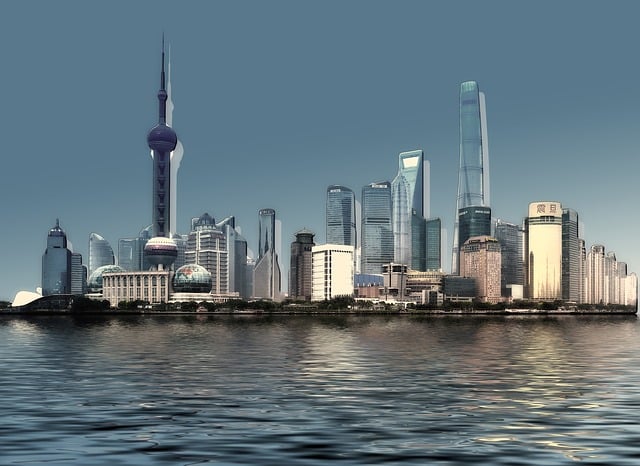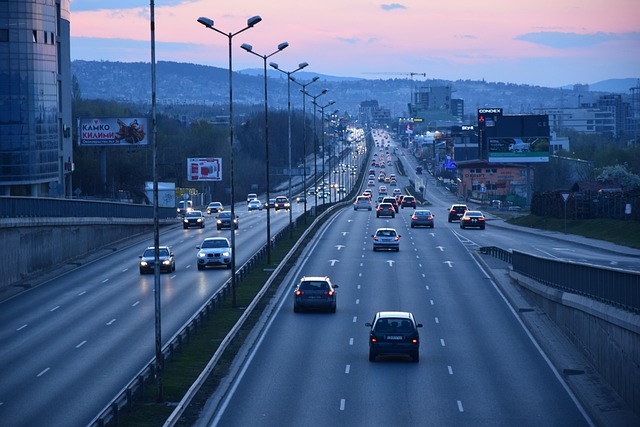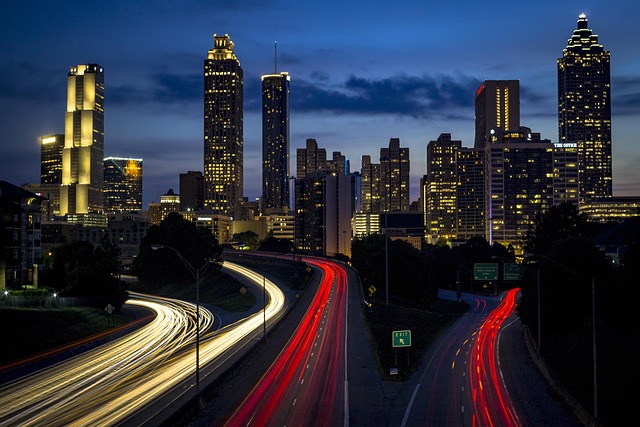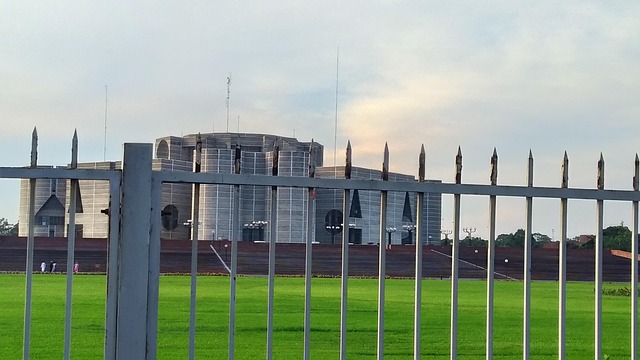
Karachi's status as Pakistan's largest city presents significant traffic challenges due to urbanization, vehicle ownership growth, poor intersection design, limited public transport, and construction activities. The Karachi Motorway has alleviated congestion by offering a faster alternative to local streets during peak hours. To tackle ongoing issues, a comprehensive strategy is needed, including implementing Intelligent Transport Systems (ITS) for efficient management, modernizing public transportation networks, promoting shared mobility, and integrating urban planning with traffic patterns. These measures promise smoother traffic flow and enhanced livability for Karachi.
Karachi, Pakistan’s economic hub, faces significant traffic congestion on its roads, particularly on the bustling Karachi Motorway. This article delves into the complex traffic patterns and challenges unique to this metropolis. We explore how the Karachi Motorway has evolved as a critical artery for managing traffic flow, despite growing congestion. Furthermore, we present strategic interventions aimed at improving traffic management in Karachi, promising solutions for a smoother, more efficient future for its residents and visitors.
- Understanding Karachi's Traffic Patterns and Challenges
- The Role of the Karachi Motorway in Managing Congestion
- Strategies for Improving Traffic Flow and Reducing Congestion in Karachi
Understanding Karachi's Traffic Patterns and Challenges
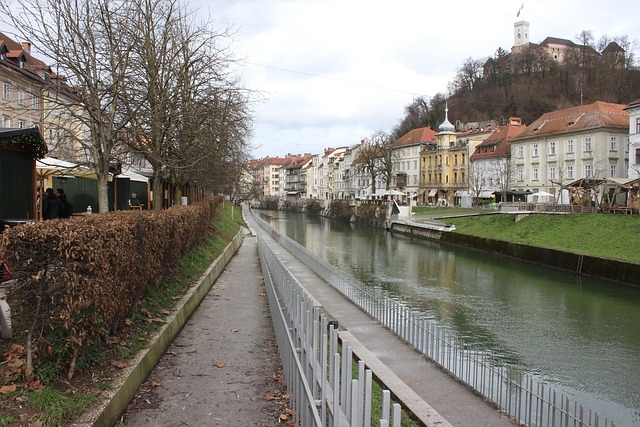
Karachi, as Pakistan’s largest city, presents a complex traffic scenario with unique patterns and challenges. The city’s vastness and rapid urbanization have led to an increase in vehicle ownership, causing significant strain on its road infrastructure. Understanding these traffic dynamics is crucial for effective urban planning and transportation management.
The traffic flow in Karachi often exhibits peaks during rush hours, creating congestion on major motorways and thoroughfares. Factors such as poorly designed intersections, inadequate signage, and a lack of public transport options contribute to the daily hustle and bustle. Moreover, construction activities and events like festivals further exacerbate the situation, making navigation challenging for both residents and visitors alike.
The Role of the Karachi Motorway in Managing Congestion
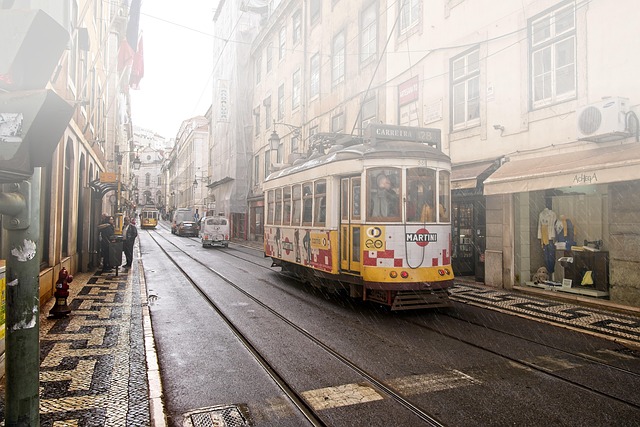
The Karachi Motorway, a pivotal infrastructure project, has played an instrumental role in managing traffic congestion in Pakistan’s most populous city. With its extensive network, it provides an efficient and faster alternative to the bustling streets of Karachi, easing the flow of vehicles and reducing travel times. This motorway is particularly significant during peak hours when the city’s roads often witness heavy traffic jams, causing frustration and slowing down economic activities.
By offering a dedicated, well-connected route around Karachi, the motorway encourages drivers to opt for this convenient passage, thereby lessening the pressure on local roads. This strategic approach not only mitigates congestion but also improves overall road safety by reducing the risk of accidents associated with heavy traffic density. As a result, businesses and residents alike benefit from more accessible and reliable transportation networks, contributing to Karachi’s urban development and economic growth.
Strategies for Improving Traffic Flow and Reducing Congestion in Karachi

To alleviate the traffic congestion that plagues Karachi’s motorways, a multi-pronged approach is necessary. First, implementing intelligent transport systems (ITS) can significantly enhance traffic management. This includes utilizing real-time data from sensors and cameras to adjust signal timings, provide dynamic route guidance, and monitor traffic flow. Additionally, digital signage can convey essential information to drivers, reducing confusion and improving overall efficiency.
Second, the city’s public transportation network needs modernization and expansion. Encouraging more people to use buses, trains, or metro services through affordable fares, improved routes, and convenient stations can reduce the number of private vehicles on the road. Moreover, promoting shared mobility options like carpooling and ride-sharing apps can further decrease traffic congestion. These strategies, combined with effective urban planning that considers traffic patterns, can lead to smoother traffic flow and a more livable Karachi.
Karachi’s traffic congestion is a complex issue, but with strategic interventions, significant improvements are achievable. The city’s motorway plays a pivotal role in easing travel, and understanding local traffic patterns is key to implementing effective solutions. By adopting innovative strategies, such as intelligent transportation systems, public-private partnerships, and infrastructure upgrades, Karachi can transform its traffic flow. These measures will not only reduce congestion but also enhance the overall mobility experience for residents and visitors alike, making Karachi a more livable and sustainable metropolis.
